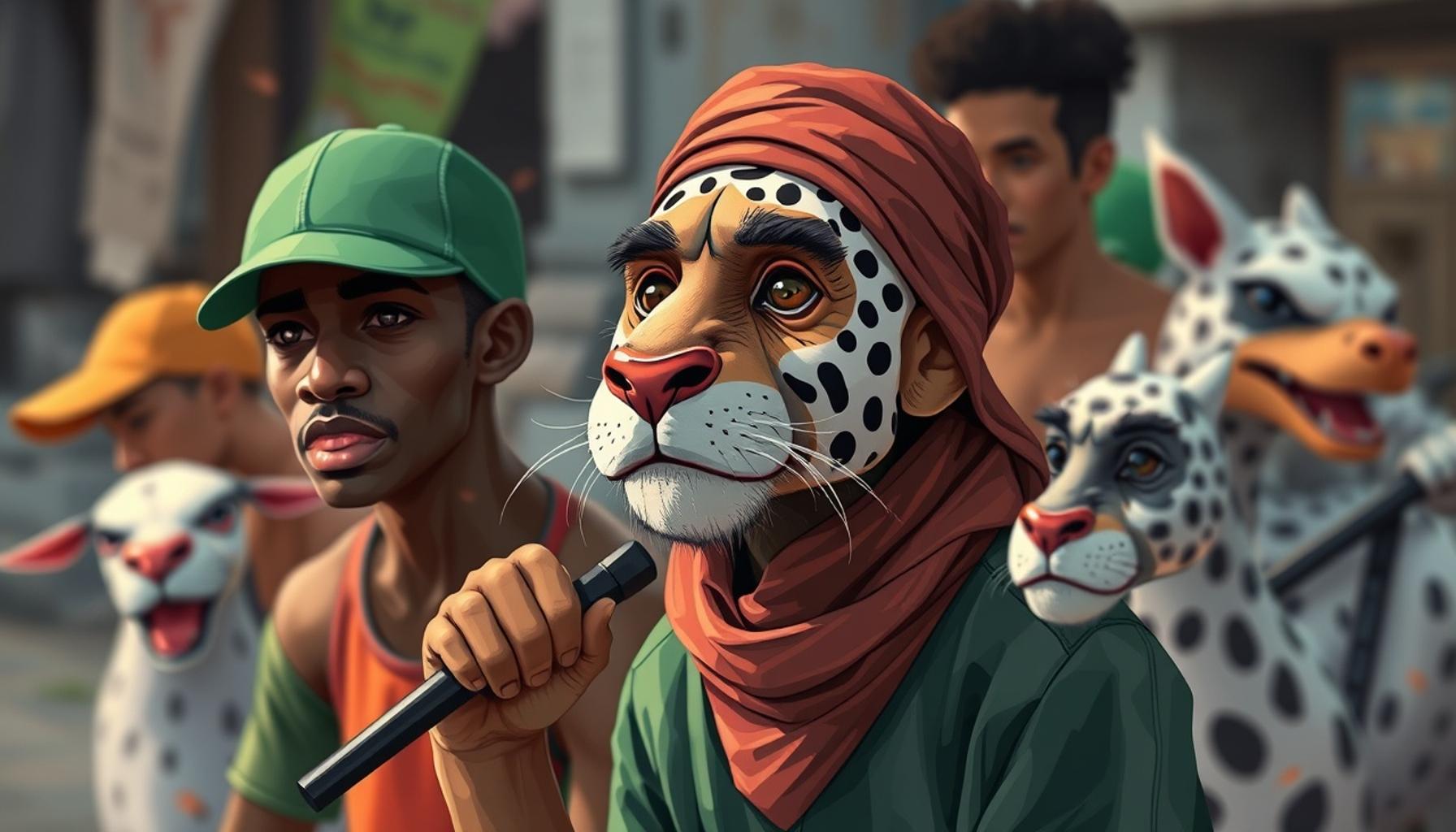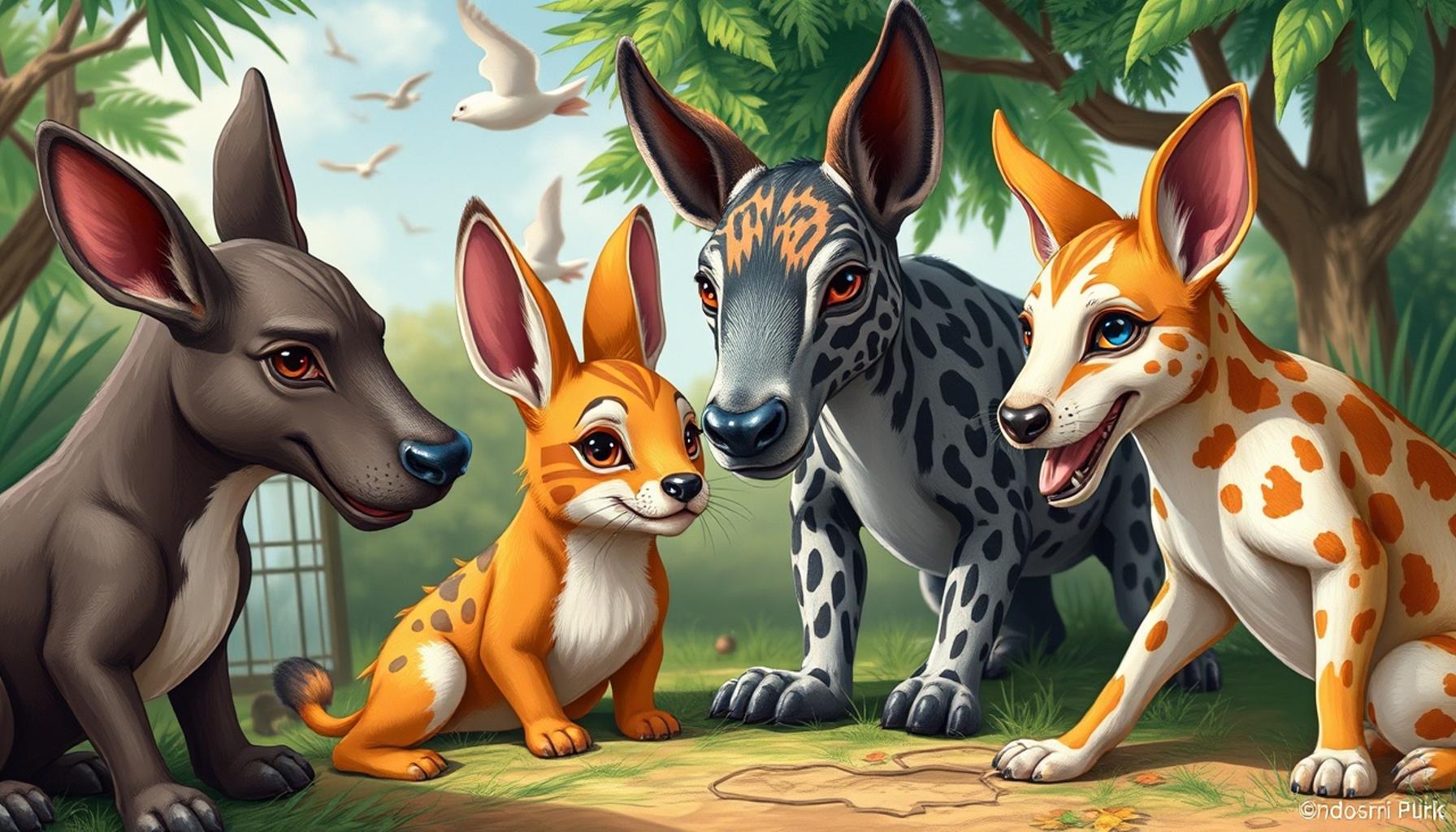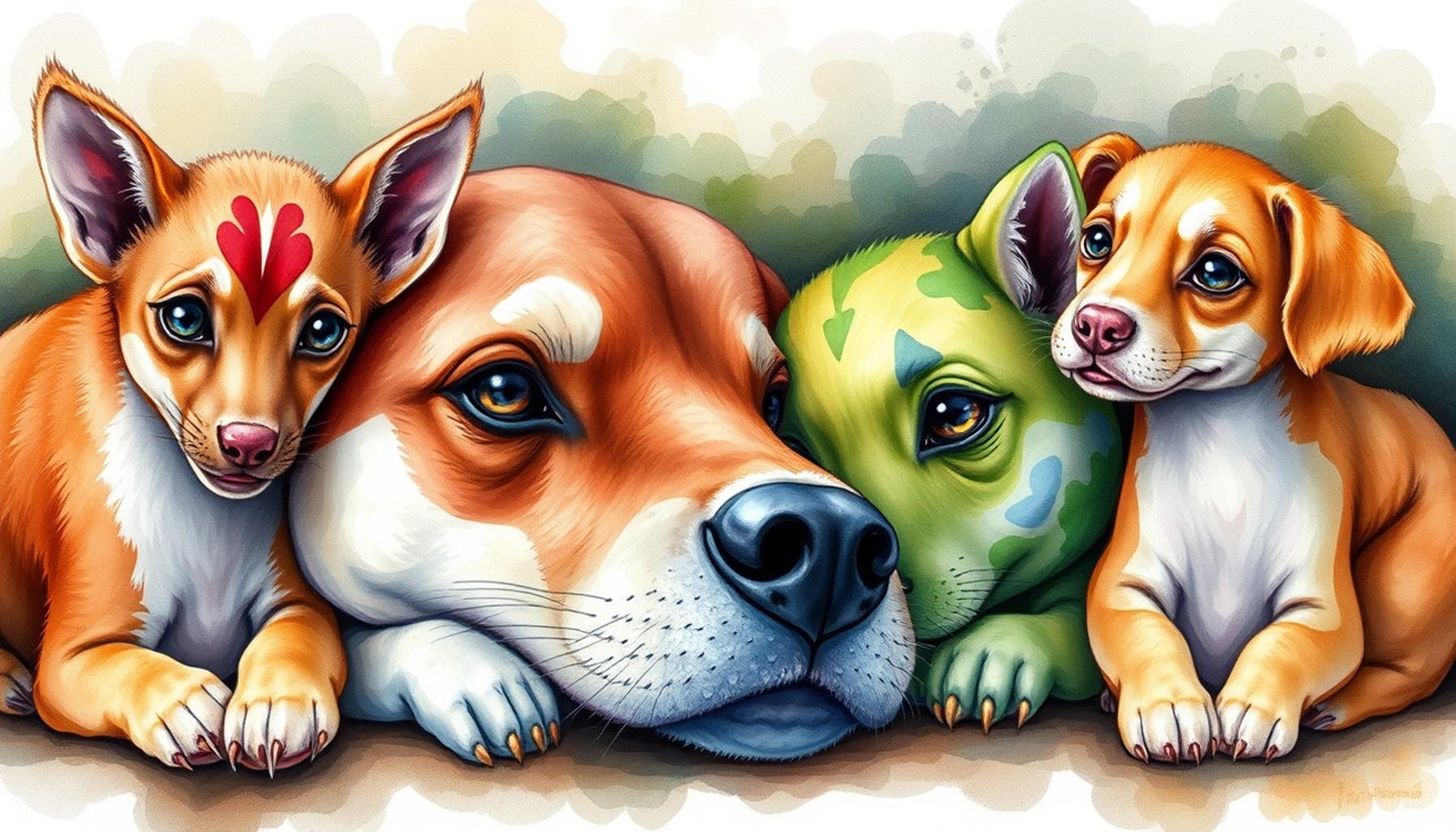The Role of Social Media in Promoting Animal Adoption in Nigeria
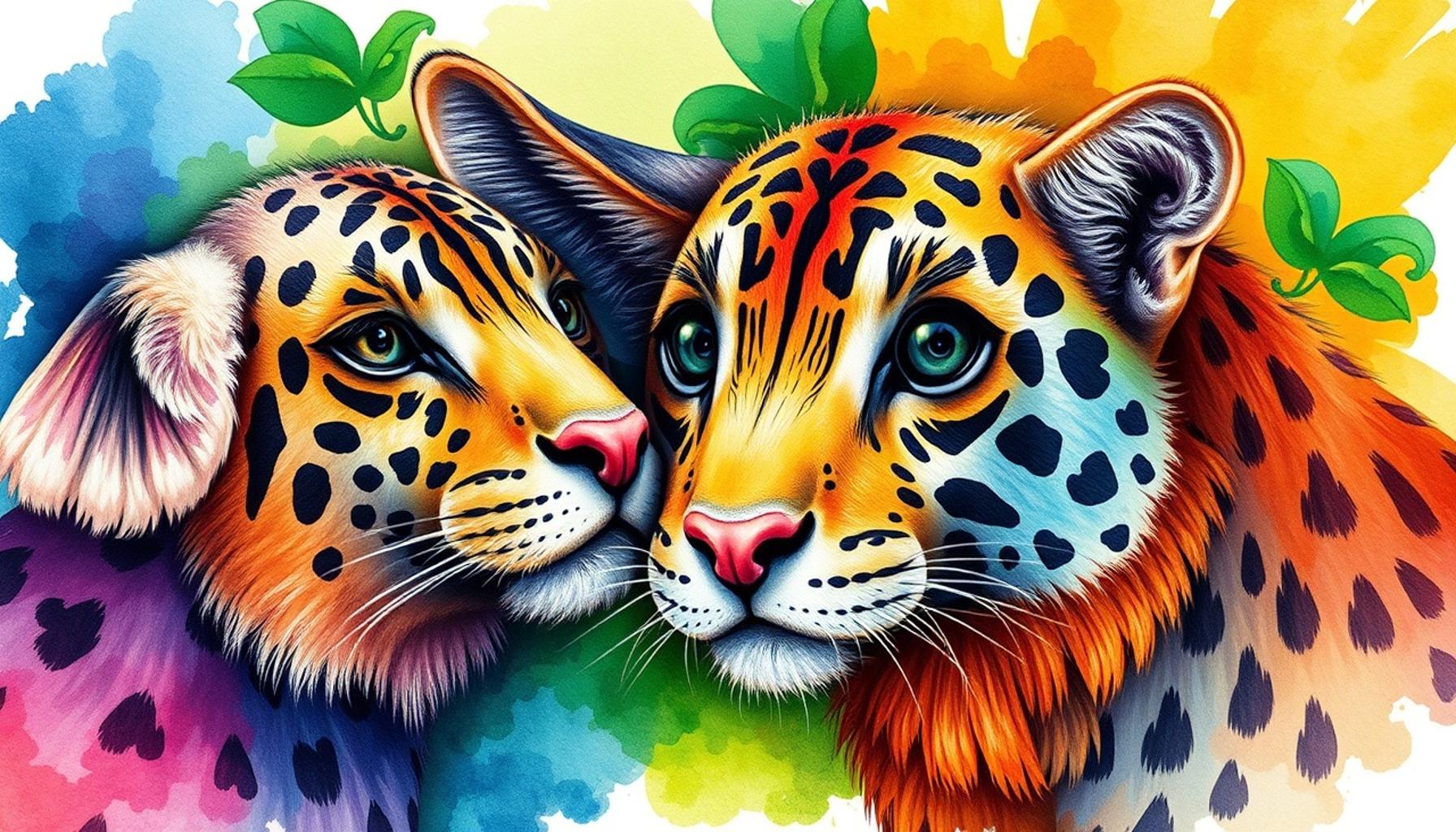
The Importance of Social Media in Promoting Animal Adoption
In recent years, the digital landscape has significantly shifted how individuals and communities communicate, share experiences, and advocate for various causes. Among these movements, the push for animal adoption in Nigeria has gained notable traction, largely driven by social media platforms. Websites and apps like Facebook, Instagram, and Twitter serve as crucial outlets for animal rescue groups, enabling them to connect directly with potential adopters and raise awareness about the challenges faced by homeless pets.
A Growing Problem of Stray Animals
The issue of stray cats and dogs is particularly pressing in urban areas of Nigeria. Reports from various animal welfare organizations indicate that there are hundreds of thousands of stray animals wandering the streets, often suffering from neglect, malnutrition, and disease. The challenge lies not only in rescuing these animals but also in ensuring they find safe and loving homes. Here’s where social media steps in as a potential game-changer.
Key Challenges Addressed by Social Media
Social media initiatives play a pivotal role in addressing several critical challenges in the realm of animal adoption:
- Awareness: Campaigns that highlight the plight of animals often feature heartbreaking yet impactful stories, creating a sense of urgency and compassion. For example, visuals of abandoned pets combined with compelling narratives can stir emotions and prompt individuals to consider adoption.
- Visibility: Animal welfare organizations leverage these platforms to showcase animals available for adoption. High-quality photos and videos help potential adopters see the animals’ personalities, increasing their chances of finding a home. Engaging content can often go viral, reaching people who might not have otherwise considered adopting.
- Community Engagement: Social media fosters community activism. Groups can unite for adoption drives and fundraising events, encouraging local residents to participate in creating a better environment for stray animals. Initiatives such as adoption events often gain momentum through a series of strategic posts and stories.
Innovative Campaigns and Hashtags
Innovative hashtags such as #AdoptDontShop have been particularly effective in Nigeria’s social media landscape. This phrase not only advocates against purchasing animals from pet stores or breeders but also emphasizes the significance of adopting strays, thereby boosting their chances of finding a loving home. The emotional connection created through storytelling is essential; success stories of previous adopters often work as a compelling motivation for others to consider adopting a pet.
The Future of Animal Adoption in Nigeria
As more Nigerians embrace digital platforms for interaction and information, the role of social media in promoting a culture of animal adoption will continue to evolve. The possibility to expand reach and increase engagement encourages animal welfare advocates to think creatively about how they present their message. With sustained efforts, it’s conceivable that the landscape of animal adoption can significantly improve, ultimately leading to a more compassionate society.
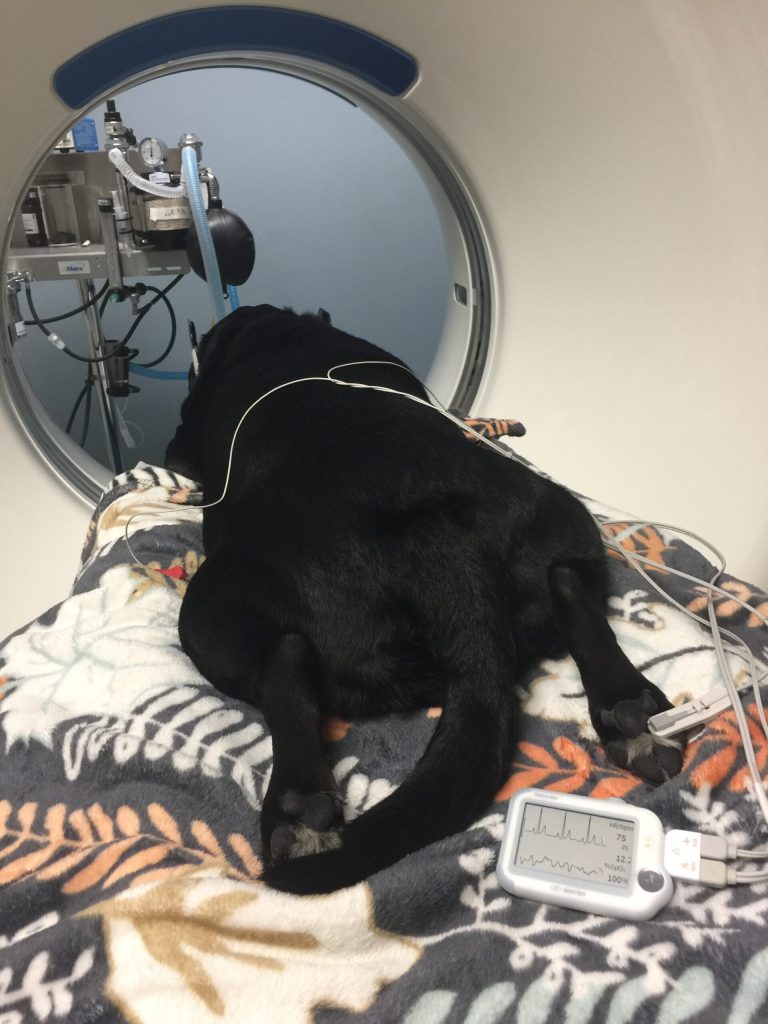
In conclusion, while challenges persist, the integration of social media into animal advocacy represents a beacon of hope for countless stray animals in Nigeria. With continued innovation and community support, social media can be a powerful engine driving change, fostering compassion, and ultimately increasing adoption rates across the nation.
YOU MAY ALSO LIKE: Read read another article
Harnessing the Power of Social Media for Animal Rescue
In a country like Nigeria, where cultural attitudes towards animals vary widely, social media has emerged as a vital tool in transforming public perception and encouraging animal adoption. By utilizing engaging content and community outreach, animal welfare organizations have crafted narratives that resonate with the average Nigerian, making the cause of stray animals more relatable and pressing.
Building Awareness Through Engaging Content
The first step in promoting animal adoption is building awareness about the plight of stray animals. In Nigeria, organizations such as the Society for Animal Protection and Dog Haven Rescue have developed creative campaigns that leverage social media’s visual nature. Posts often showcase rescues with striking images of animals’ past suffering and their transformation into loving companions. These poignant stories create a strong emotional appeal, driving the message home: every animal deserves a chance at a better life.
Moreover, the use of video content has proven especially effective. Short clips depicting the daily lives of rescued animals, their interactions with humans, and their playful personalities invite viewers into a connection. This strategy not only humanizes these animals but also prompts potential adopters to see them as future family members, rather than mere strays.
Creating a Vibrant Adoption Community
Beyond awareness, social media has enabled the creation of a vibrant community revolving around animal adoption. Local and regional groups utilize platforms like Facebook and Instagram to organize events, share success stories, and motivate participation in animal welfare initiatives. The phenomenon of community pet adoption drives, heavily promoted through social channels, works wonders in bringing both animals and people together.
- Highlighting Success Stories: Share the journeys of adopted animals that have thrived in their new homes, showcasing before-and-after photos alongside heartwarming narratives.
- Promoting Events: Utilize event pages and live streaming to attract attendees for adoption events, fostering a sense of community involvement.
- Collaborating with Influencers: Engage local influencers who share a love for animals. Their endorsements can lead to wider visibility and increased interest in adoption.
The Role of User-Generated Content
User-generated content has also become an instrumental facet of social media’s role in animal adoption. When adopters share their stories and pictures of newly adopted pets, they create a ripple effect of interest and inspiration. Hashtags like #AdoptedInNigeria act as a digital bridge, connecting past and potential adopters and fostering a shared sense of belonging. Regular reposting of this content by welfare organizations further amplifies these positive stories, turning individual triumphs into collective movements.
It is evident that through social media, the path to adoption becomes not just an individual journey but a communal effort, echoing throughout networks and echoing the sentiment of compassion for animals in Nigeria. As we delve deeper into how social media shapes this movement, we uncover the various ways it promotes long-lasting change for the lives of countless strays seeking love and shelter.
The Role of Social Media in Promoting Animal Adoption in Nigeria
In recent years, social media has transformed into a powerful platform for raising awareness about animal adoption in Nigeria. Organizations and individuals have utilized various social media channels to share compelling stories, highlight the plight of stray animals, and connect potential adopters with pets in need. This revolutionary approach has made the process of finding suitable homes for animals much more efficient and impactful.
One of the most significant advantages of using social media for animal adoption is its vast reach. With millions of users across platforms like Facebook, Instagram, and Twitter, the potential for spreading the message rapidly is unparalleled. Engaging content, including heartwarming photos and videos of adoptable animals, can generate a strong emotional response that resonates with viewers. Furthermore, the use of hashtags related to animal adoption has enabled campaigns to reach broader audiences beyond traditional methods.
Another critical factor is the ability to foster community involvement. Social media allows organizations to create groups and events that encourage local participation in adoption drives. Engagement in these communities enhances the overall visibility of the adoption problem and draws in support from individuals who may not have been previously aware of the situation. Through online discussions and shared experiences, advocates can educate the public on responsible pet ownership and the importance of adopting over shopping for pets.
Additionally, social media provides an avenue for successful adoption stories to be shared widely, further encouraging others to consider adopting a pet in need. These testimonials not only showcase the benefits of adopting but also contribute to changing perceptions about adopting mixed-breed dogs or cats often found in shelters. This shift in mindset can create a more compassionate society that values the lives of all animals, regardless of breed.
| Advantages | Key Features |
|---|---|
| Wider Reach | Ability to connect with potential adopters nationwide. |
| Community Engagement | Creates a network of supporters who mobilize for adoption events. |
In summary, social media plays an indispensable role in transforming the landscape of animal adoption in Nigeria. By leveraging this digital space, advocates can reach wider audiences, foster community efforts, and change societal attitudes toward adoption, ultimately contributing to a brighter future for countless animals in need.
ADDITIONAL INSIGHTS: Expand your understanding here
Innovative Strategies to Drive Animal Adoption
As Nigeria continues to grapple with the challenges of pet overpopulation and stray animals, social media has proved essential not only in raising awareness but also in fostering innovative strategies that directly encourage animal adoption. By tapping into culturally relevant themes, fostering collaboration, and embracing technology, advocates are creating new avenues for potential adopters to engage meaningfully with the cause.
Leveraging Cultural Narratives
In Nigeria, the connection between humans and animals is deeply rooted in cultural narratives often portrayed in folklore and storytelling. Organizations are now weaving these traditional narratives into their social media campaigns to make animal adoption relatable and poignant. For instance, stories of loyalty and companionship, akin to those that are often told about dogs in Nigerian folklore, can be shared as metaphors to encourage adoption.
One successful example is the adaptation of local proverbs into engaging posts that emphasize the importance of compassion towards animals. Phrases that resonate with Nigerians, such as “A good friend is better than a sister” can be paired with heartwarming images of adopted pets reminding communities that animals can also become cherished family members.
Utilizing Cutting-Edge Technology
The adoption process itself is being revolutionized through innovative technologies fueled by social media. High-definition photography, augmented reality filters, and even live-streaming adoption events are now in play. Virtual adoption events hosted on Facebook Live allow potential adopters to meet animals in real-time, making it easier for them to observe their personality and quirks.
Furthermore, the rise of mobile applications dedicated to pet adoption, such as “Petfinder” and “Adopt A Pet,” presents opportunities to share profiles of animals through social media, directing interested people to adoption centers seamlessly. By involving technology in the adoption process, the reach expands significantly, opening doors for numerous animals to find loving homes. Statistics show that communities in Nigeria have seen up to a 30% increase in adoption rates following the integration of these technologies into social media campaigns.
Collaborative Cross-Platform Campaigns
Collaboration has emerged as a vital strategy amongst animal rescue organizations to amplify their message. By partnering with non-profit organizations, local businesses, and influencers, they maximize their visibility across platforms like Twitter, Instagram, and TikTok. These collaborative efforts help create a unified front, showcasing the need for animal rescue and inviting wider community participation.
- Building Partnerships: Organizations can pool resources to throw larger adoption events that attract more public interest and participation. This could include sponsorship for food and activities, enhancing the experience for both adopters and animals.
- Creating Challenges and Campaigns: Running themed challenges, like “30 Days of Adoption,” where participants share daily updates about their experiences with adopted animals can foster enthusiasm and encourage others to adopt.
- Engagement Through Contests: Social media contests where participants share their favorite photos of adopted pets can generate excitement, entice user engagement, and promote a culture of animal adoption within the community.
The amalgamation of storytelling, technology, and collaboration represents the collective ingenuity of Nigerians passionate about animal welfare. This approach not only seeks to enhance the lives of animals but also enriches community connections, ultimately fostering a caring environment where animal adoption becomes a celebrated norm.
YOU MAY ALSO LIKE: Read read another article
Conclusion
In conclusion, the integration of social media into the discourse surrounding animal adoption in Nigeria has proven to be a transformative force. By harnessing technological innovations, cultural narratives, and collaborative efforts, organizations and advocates have successfully shifted the perception of adopting pets from a niche pursuit to a mainstream activity. This evolution is not merely about finding homes for stray animals; it reflects a deeper cultural shift towards valuing compassion and responsibility in the treatment of animals.
The impressive statistics, such as the reported 30% increase in adoption rates following virtual campaigns and targeted social media initiatives, underscore the potential of these platforms as influential tools in shaping community attitudes. Moreover, the storytelling aspect—where traditional folklore resonates with contemporary audiences—bridges generational gaps, encouraging broader participation from all segments of society.
As more Nigerians share their experiences of adopting and rehoming animals, social media continues to foster a dynamic and engaged community committed to animal welfare. It serves as a beacon of hope for countless animals awaiting loving homes and positions adoption as a societal norm rather than an exception.
Ultimately, the role of social media in promoting animal adoption in Nigeria stands as a remarkable reminder of the power of connection. Moving forward, it is vital for stakeholders to continue leveraging these platforms to advocate for animal rights, educate the public, and inspire new generations of caring individuals who recognize the profound bond shared between humans and animals. This collective effort can lead to a future where every animal finds a place in a loving home.
